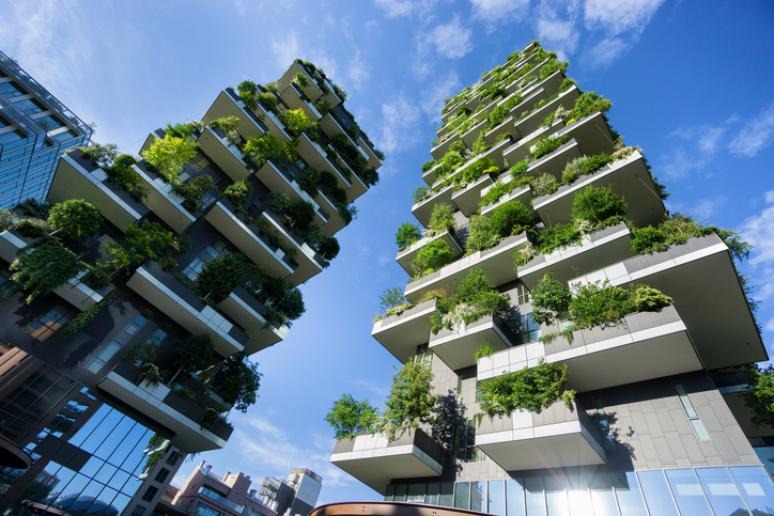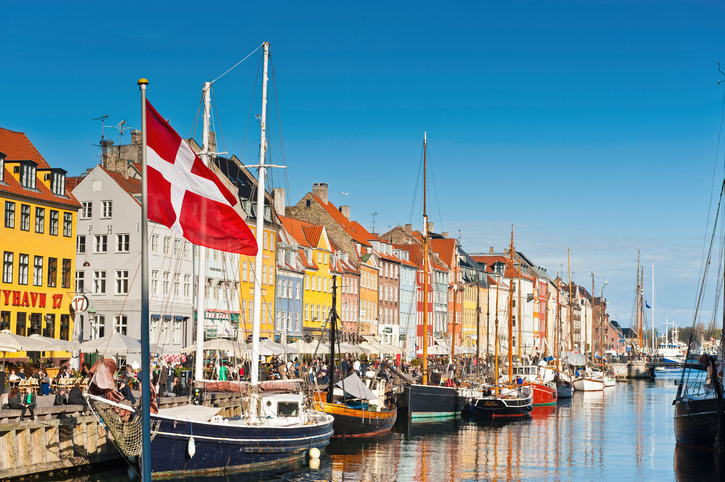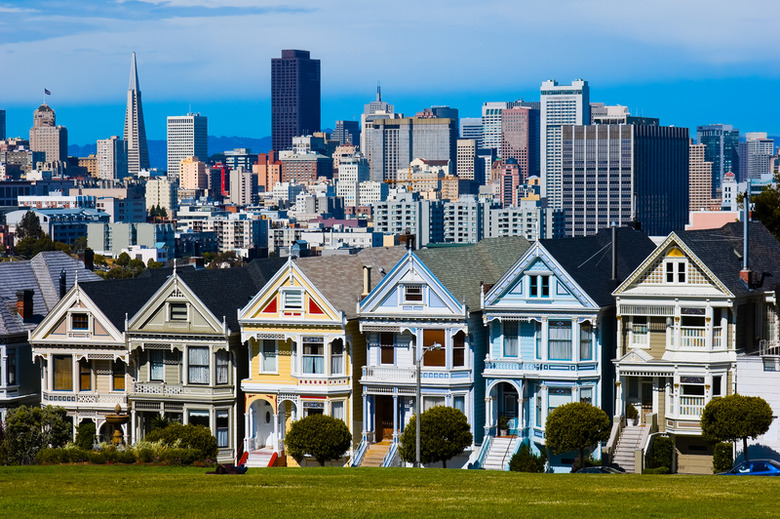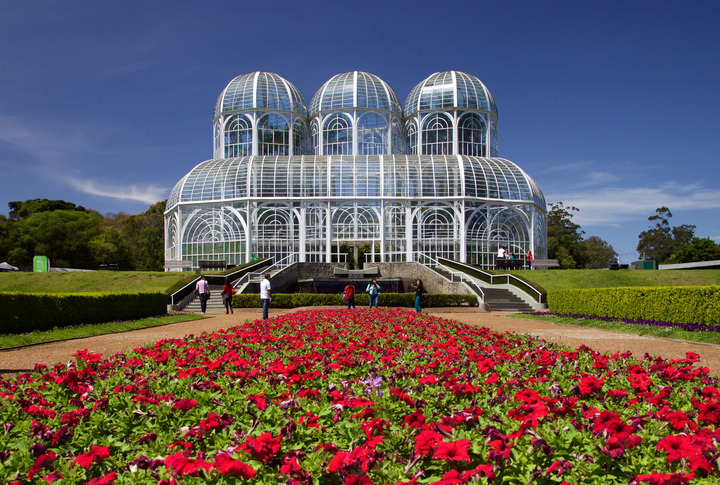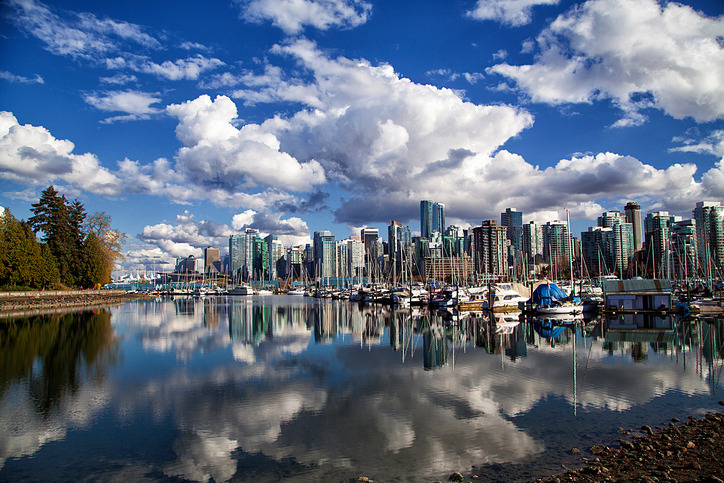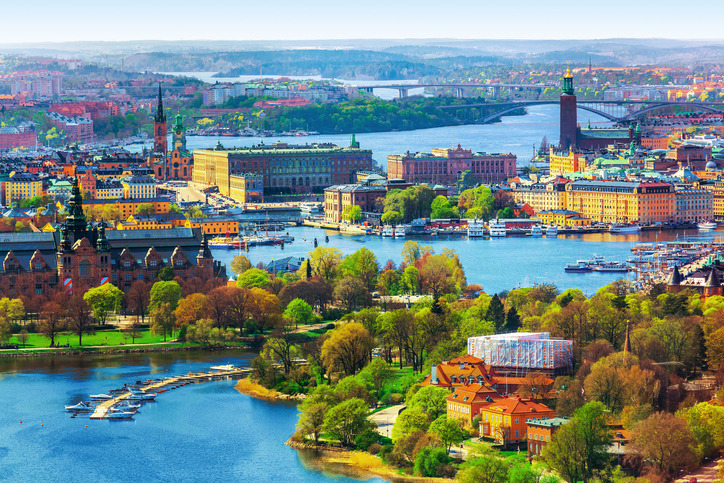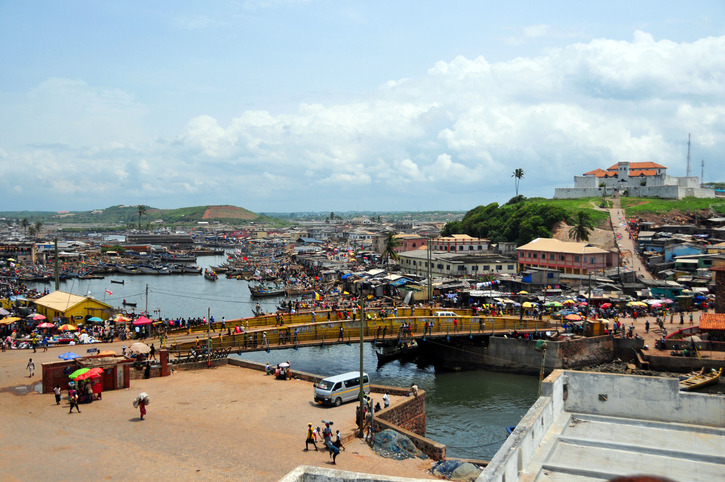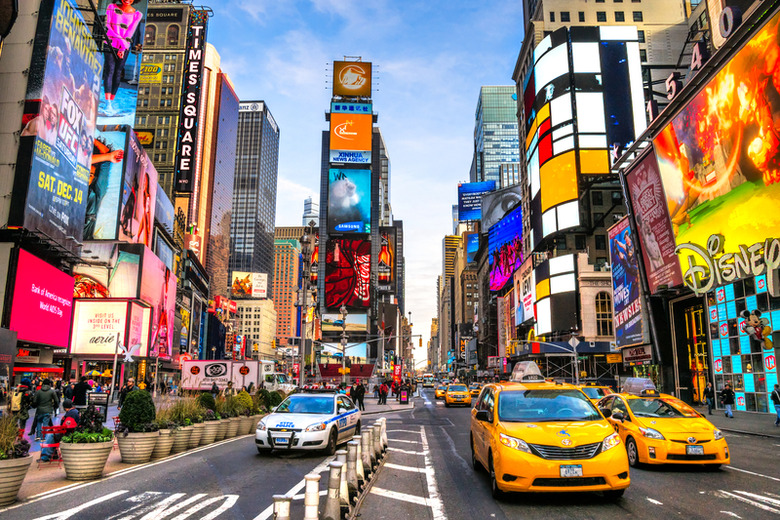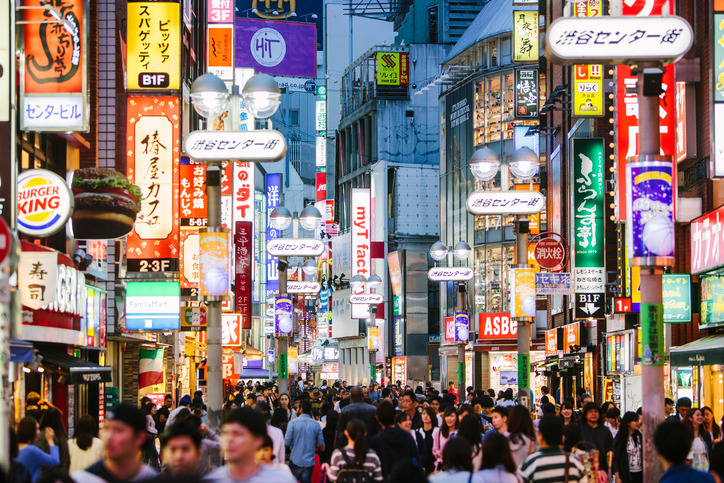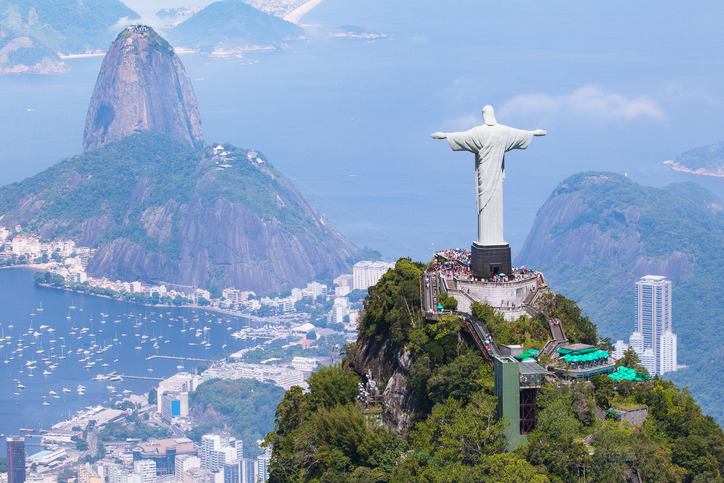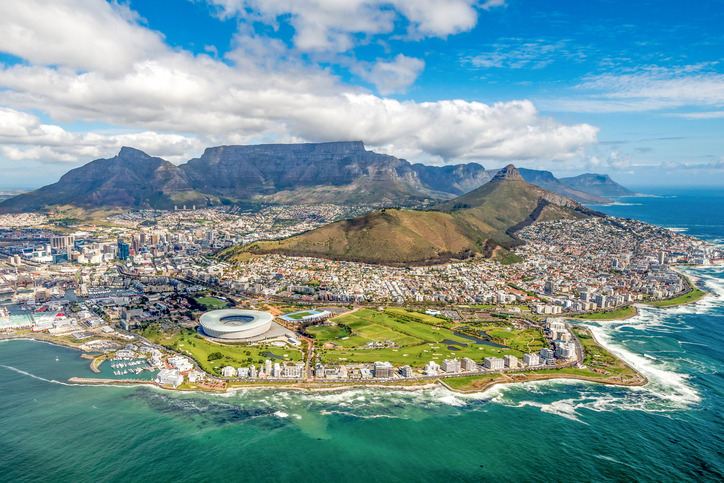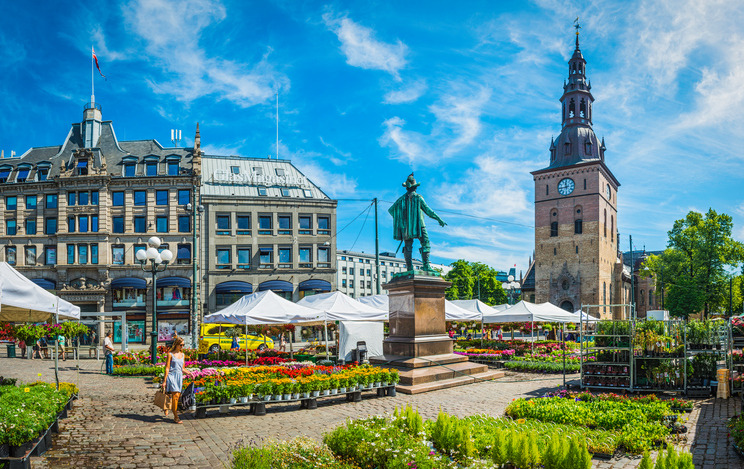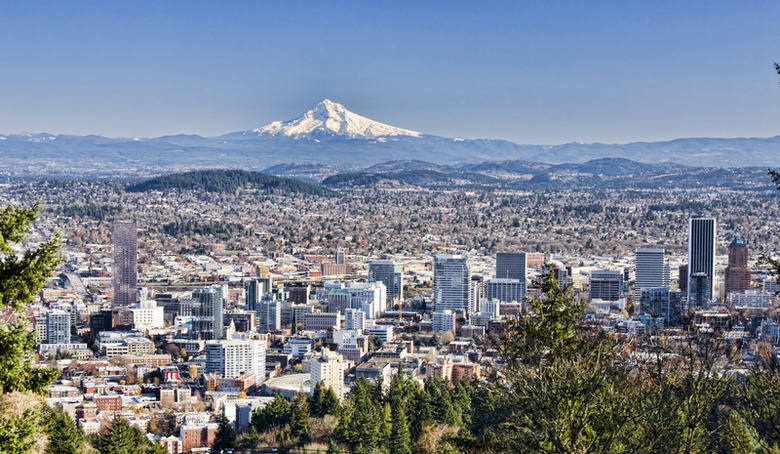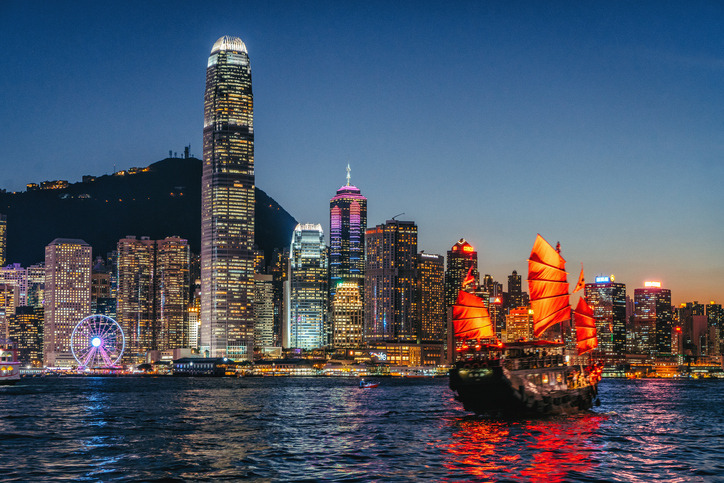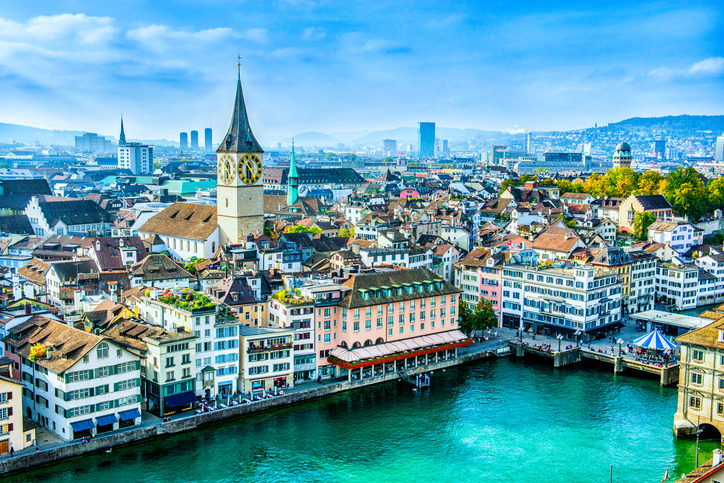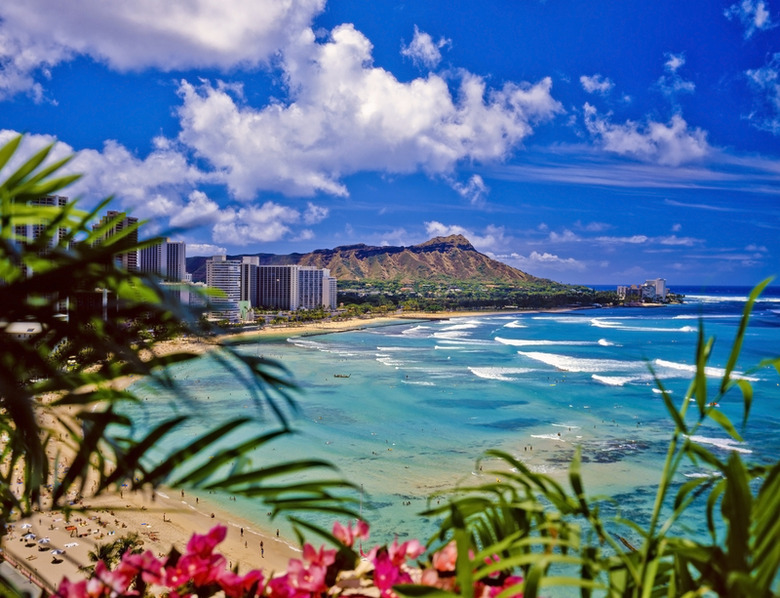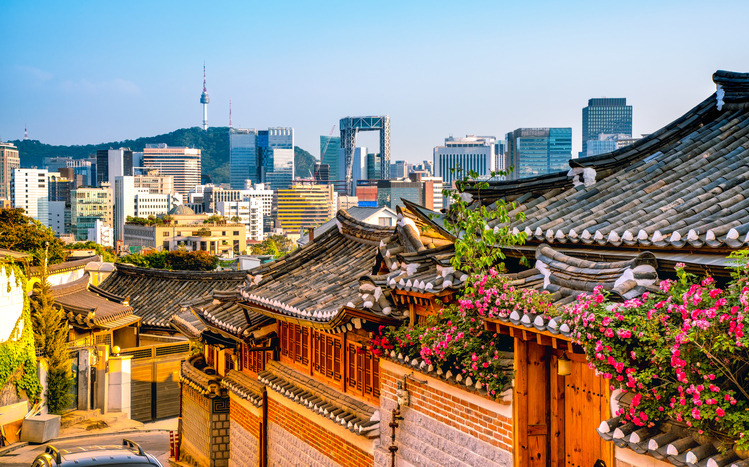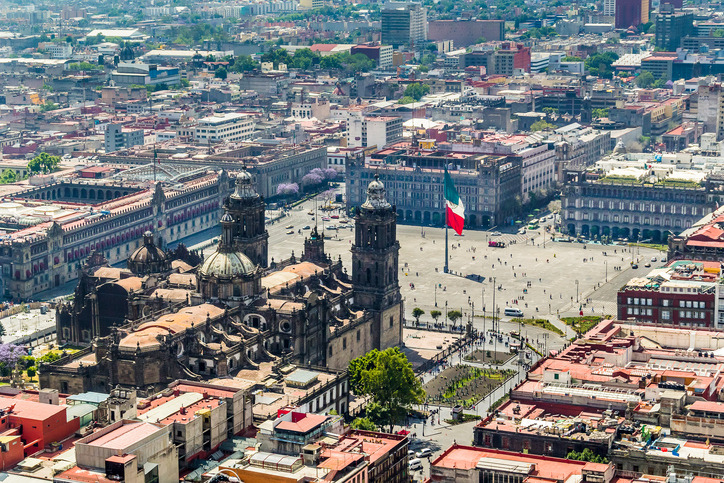These Are The Most Eco-Friendly Cities In The World
The 20 most eco-friendly cities in the world
In the midst of rapid international development and urbanization and an evolving understanding of its environmental impact, major cities around the world are struggling with how to protect the planet. But there are a handful of metropolises that have pulled ahead of the pack thanks to the efforts of their city governments and their citizens to be eco-friendly through local programs and policies.
Comparing data from different cities around the world isn't easy, as a myriad of factors come into play, such as how cities define their boundaries, whether or not they track certain variables such as CO2 emissions, and even whether or not they even have the government stability or resources to create or sustain environmental programs.
Here are 19 cities from around the world that have earned acclaim in for their environmental efforts.
Copenhagen, Denmark
Copenhagen has frequently been dubbed both the most sustainable and the most green city in Europe as well as one of the most bike-friendly cities in the world. In fact, 50 percent of Copenhagen residents ride a bike to work or school. The water in the harbor is famously clean enough to swim in. Copenhagen has already reduced its CO2 emissions by 50 percent since 1995, but the city wants to become the world's first carbon-neutral capital by 2025. Another long-term goal is 100 percent use of renewable energy in the city's energy and transport sectors by 2050.
Singapore
Since gaining independence in 1965, the city-state of Singapore has prioritized sustainability. The island is known as the Garden City for its city-wide greenery, part of a concerted government effort to maintain green space amid the country's urbanization. In addition, roughly 10 percent of Singapore's land has been set aside for parks and nature reserves. Considered the most green and sustainable city in Asia — or the whole planet — by different organizations, Singapore has committed to make at least 80 percent of all its buildings green by 2030. As the city imports 40 percent of its water from Malaysia, it has some of the best water conservation policies. The country also houses Asia's largest food waste processing facility, which uses microorganisms to break down biodegradable material in fertilizer and power.
San Francisco
According to the extensive Siemens Green City Index, San Francisco is the most eco-friendly city in U.S. and Canada due to its trailblazing efforts in recycling and waste management. The Bay Area city was the first in the U.S. to require that all residents and businesses separate trash from compost and recyclables. It has the highest recycling rate in the country, with 77 percent of its waste getting recycled. It was also the first U.S. city to ban use of plastic shopping bags all the way back in 2007.
Curitiba, Brazil
Brazil is far ahead of the green game in South America, with three of its cities heralded as continental leaders in environmental efforts. The greenest city in Latin America, according to Siemens, is by far the southern town of Curitiba, the birthplace of the country's low-cost public transit system. In the face of population growth, Curitiba responded proactively by reducing urban sprawl, creating pedestrian paths and developing programs to effectively recycle and manage waste. The community mindset in Curitiba is to be forward-thinking about environmental concerns.
Vancouver, Canada
Vancouver, considered the greenest city in Canada and the birthplace of Greenpeace, is hoping to become the greenest city in the world by 2020. It already sources 93 percent of its energy from renewable sources but plans to invest in walking, cycling and transit infrastructure and to guarantee that citizens live within a five-minute walk of a city green space. It has the most Leadership in Energy and Environmental Design (LEED)-certified buildings in all of the U.S. and Canada and has a regulation that all new building re-zonings must meet the the LEED Gold standard for environmental performance. Newly built homes also have their own set of strict eco-friendly standards.
Stockholm, Sweden
Another Scandinavian city paving the way for green efforts around the world is the Swedish capital of Stockholm. Perhaps because of its frigid climate, Stockholm has been a trailblazer in energy-efficient building standards and heating technologies. And despite its low temperatures, 68 percent of residents cycle or walk to work and 25 percent use public transit, 75 percent of which runs on renewable resources such as ethanol. Just 7 percent use private vehicles. Stockholm has a goal to have net zero fossil fuel emissions by 2050.
Accra, Ghana
Africa has been the fastest urbanizing continent for decades, a distinction that means many cities are in the midst of overhauling their infrastructure to curtail basic issues with urban sprawl and sanitation. Accra, the capital of Ghana, stands apart in its approach to environmental governance. It has policies in place to manage air quality, sanitation and renewable energy. According to Siemens, 74 percent of the city's energy comes from hydropower. The state-owned power company is also exploring wind and solar options. Although a large financial divide exists in the city, the growth of ventures like organic farmers markets signal a slow but steady attitudinal shift toward environmentalism.
New York City
New York City crushes it when it comes to the transportation game. According to NerdWallet, 77.5 percent of NYC residents walk, bike, carpool or use public transit to commute. NYC is the most sustainable U.S. city, according to Arcadis, predominantly due to its robust transportation infrastructure and economic health. The Big Apple is also trying to explore renewable energy options. Since 2007, underwater turbines have been installed in the East River along Roosevelt Island in an attempt to use the flow of the river and tides to generate electricity for thousands of residents.
Tokyo, Japan
Tokyo is a trailblazing Asian city when it comes to water, energy and CO2. Before Japan set its own standards, in 2010, the city created its own mandatory cap-and-trade system for all major buildings. Tokyo also incentivizes citizens' eco-friendly habits with subsidies and tax breaks for buying solar panels, hybrid cars and electric vehicles. Tokyo collects and adequately disposes of 100 percent of its waste, both from households and businesses.
Rio de Janeiro, Brazil
Behind Brazil's green crown jewel of Curitiba sits Rio de Janeiro, Brazil's famous tourist destination. The seaside city does manage to inch out Curitiba in one respect: It has the longest public transport network in Latin America. It was also the region's first city to publish its CO2 emissions in 1988 and has a reliable history of environmental monitoring. Roughly 88 percent of Rio's electricity comes from renewable sources, primarily hydropower. The city, which experienced rapid development ahead of the 2016 Summer Olympics and the 2014 FIFA World Cup, strove to create eco-friendly public transit and enforce green building guidelines on new construction.
Cape Town, South Africa
The second-largest city in South Africa is also the continent's greenest city, according to Siemens, and cracks the top 100 of the Arcadis Sustainable Cities Index. Despite Cape Town and Johannesburg depending on coal to produce the majority of their electricity, both South African metropolises have strong infrastructure and environmental policies in place. In fact, Cape Town has enacted an Energy and Climate Change Action Plan to focus on things like public transit, energy consumption and recycling. The city constructed the country's first commercial wind farm and has committed to installing 300,000 solar water heaters around town. Water conservation is Cape Town's Achilles heel, as the city is current in the midst of an extreme water crisis.
Oslo, Norway
Oslo is a top city in Europe when it comes to CO2 and energy policies, partly because its citizens are leading the charge. Early adopters of electric cars petitioned the city government for benefits and incentives, which it now provides for hybrid and electric cars, as well as penalties such as a congestion charge toll to reduce emissions from standard vehicles. A portion of the city's bus fleet runs on biofuel produced at a local facility.
Portland, Ore.
Often ranked as America's top green city in studies by the likes of Popular Science, Portland attracts residents who prioritize sustainability and local products. A quarter of commuters travel by bike, carpool or public transit. The city has more LEED-certified residential towers than any other city in the U.S. In perhaps its biggest accomplishment, Portland gets the majority of its energy from renewable sources and has pledged to become 100 percent fueled via renewable power by 2050.
Hong Kong
The densely packed autonomous territory of Hong Kong has made impressive advancements in land use, public transportation and waste reduction, often out of sheer necessity as well as out of concern for the environment. As a trade and transport hub, it has seen increased CO2 emissions but has put proactive policies in place to promote clean energy and combat climate change. Hong Kong is one of the world's highest consumers of seafood, timber and paper and is investigating ways to use its buying power to guide companies toward more sustainable practices.
Zurich, Switzerland
Ranked as the world's most sustainable city by Arcanis in 2016, Zurich has the ambitious goal of becoming a 2,000-watt city by 2050, meaning its residents will use 2,000 watts of energy per capita. City averages are around 6,000 watts in the rest of Western Europe. Zurich also has a waste-reduction method that puts the cost of dealing with trash on producers. Residents must dispose of garbage in special "Zuri-sacks" that they purchase in local stores or face a fine. This extra cost incentivizes throwing out less trash and practicing composting and recycling.
Honolulu, Hawaii
Hawaii has an image among mainlanders of a pristine island getaway where you can breathe easy. According to NerdWallet, that isn't just a tourism ploy. The city of Honolulu has the best air quality among major cities in the U.S. The vacation spot also has widespread residential use of solar energy with 1 percent of homes utilizing this source, as well as energy-efficient buildings and regular use of public transit by residents.
Seoul, South Korea
The second most sustainable city in Asia behind Singapore is Seoul, the capital of South Korea, which Arcadis also ranks at No. 7 in the world. In its efforts to position itself as a dynamic global city, Seoul has focused on urban development, such as bolstering public transit and access to sanitation and revitalizing the formerly polluted area of Cheonggyecheon by turning it into a public recreation space. The local government has also organized a green citizens committee in which 100 local, non-government employed Seoul residents meet regularly to discuss new policy proposals on conservation and climate change.
Canberra, Australia
Australia's capital city of Canberra is the leader in Oceania when it comes to sustainability, ranking at No. 18 in the world according to Arcadis. Canberra was a planned city whose architects structured the town around respecting surrounding forests and farmland as well as established nature reserves and parks across 53 percent of the city's total area. Other green features of the city include a free City Loop and light rail system as well as green waste restrictions.
Mexico City, Mexico
The United Nations dubbed Mexico City "the most polluted city on the planet" in 1992 because of its deadly air quality that caused thousands of fatalities among birds and humans alike. Since then, the Mexican capital has implemented a comprehensive Climate Action Program and installed more than 300 air quality monitors. Since 2008, the program has created a low-emissions public transit system, restructured parks and roads to prioritize pedestrians and cyclists, and relocated factories and refineries. This remarkable turnaround positions Mexico City as a leader in international mediation efforts.
